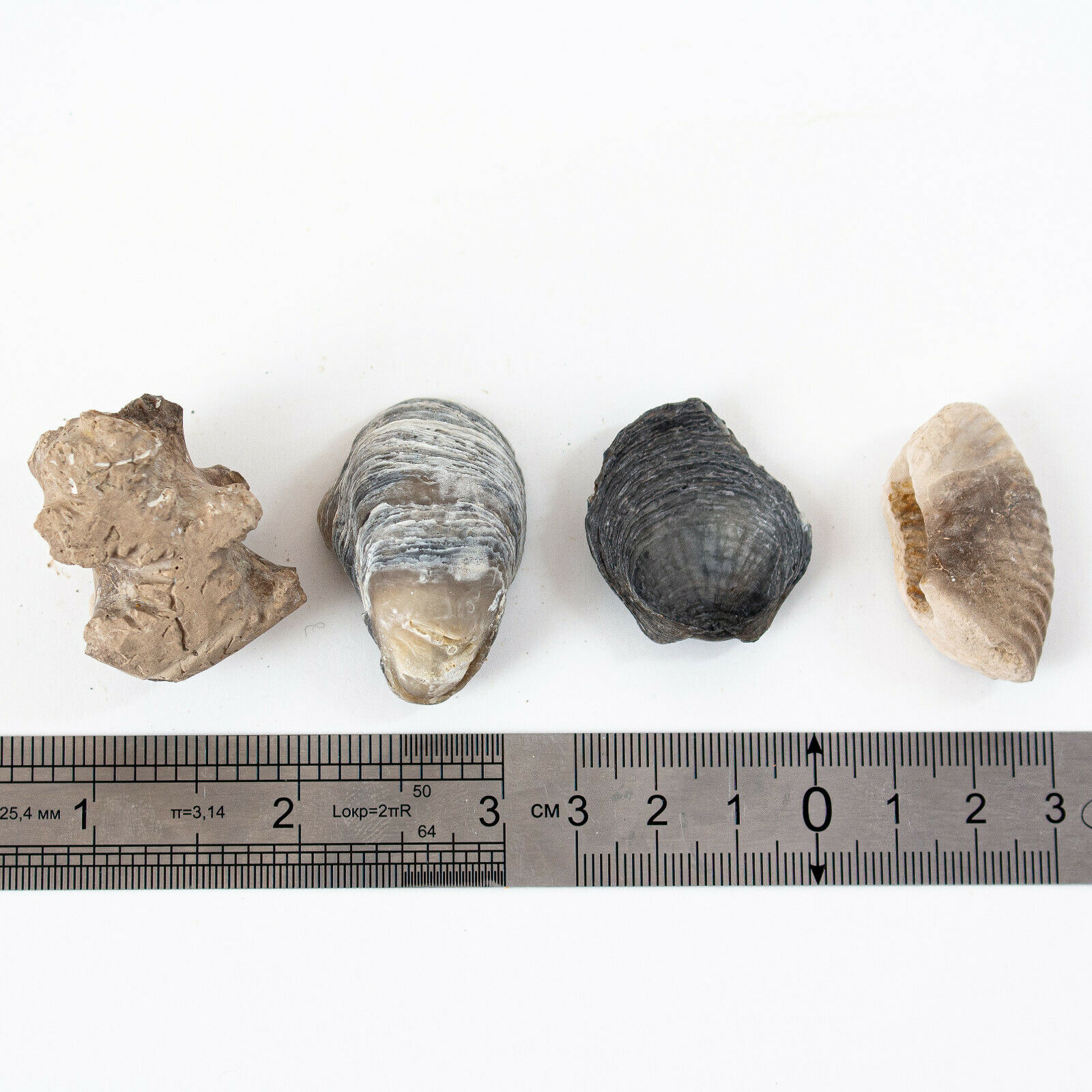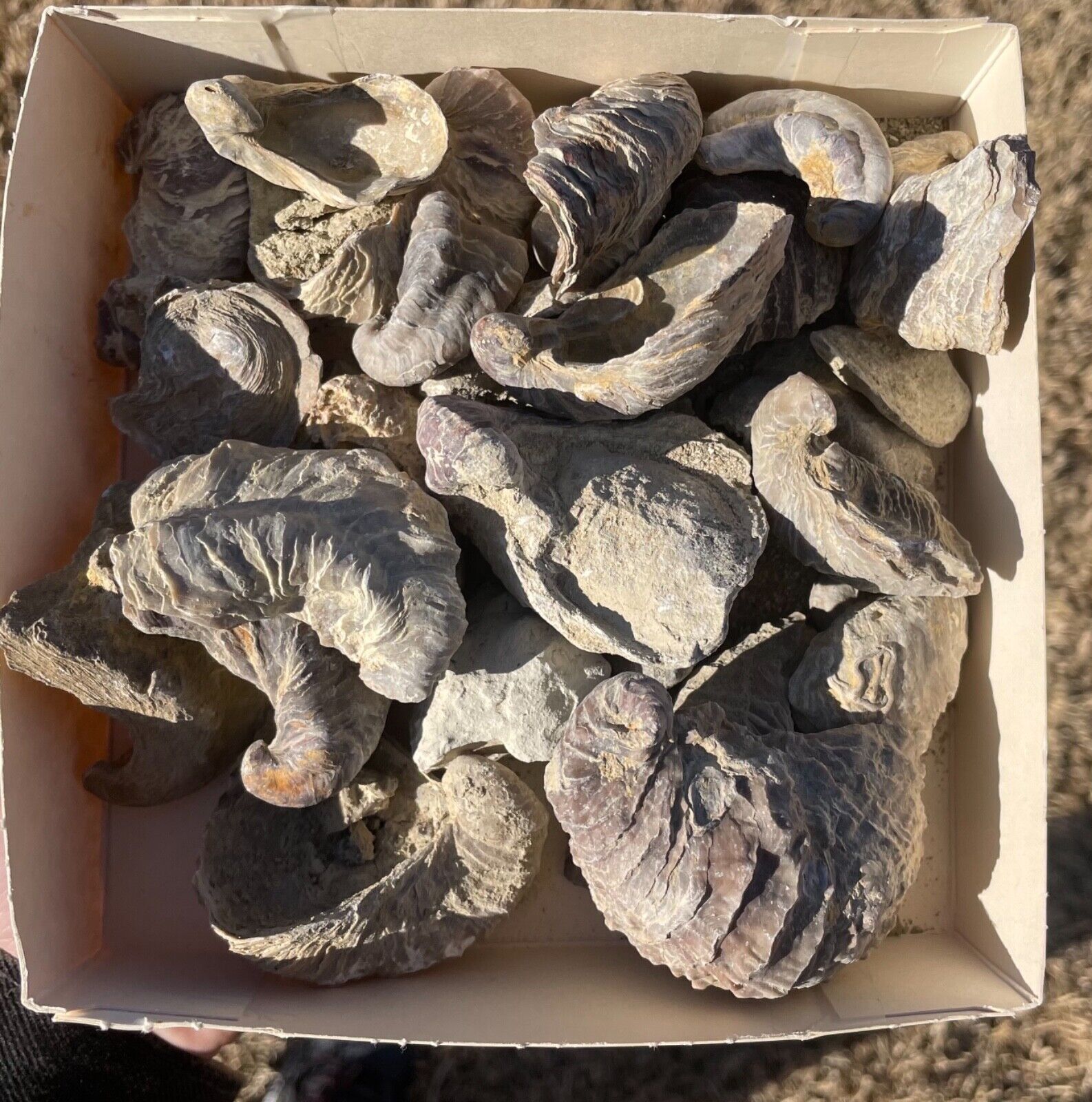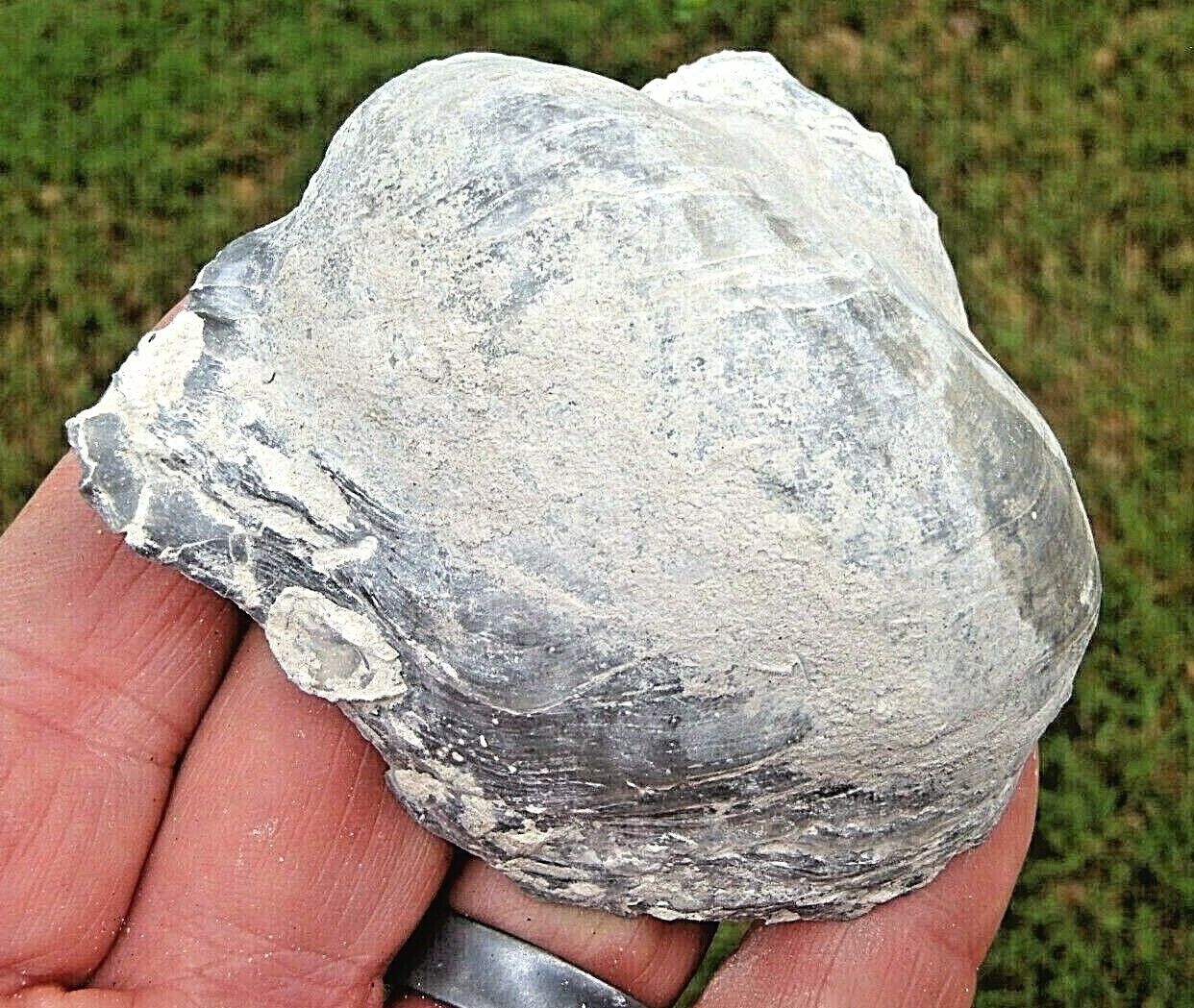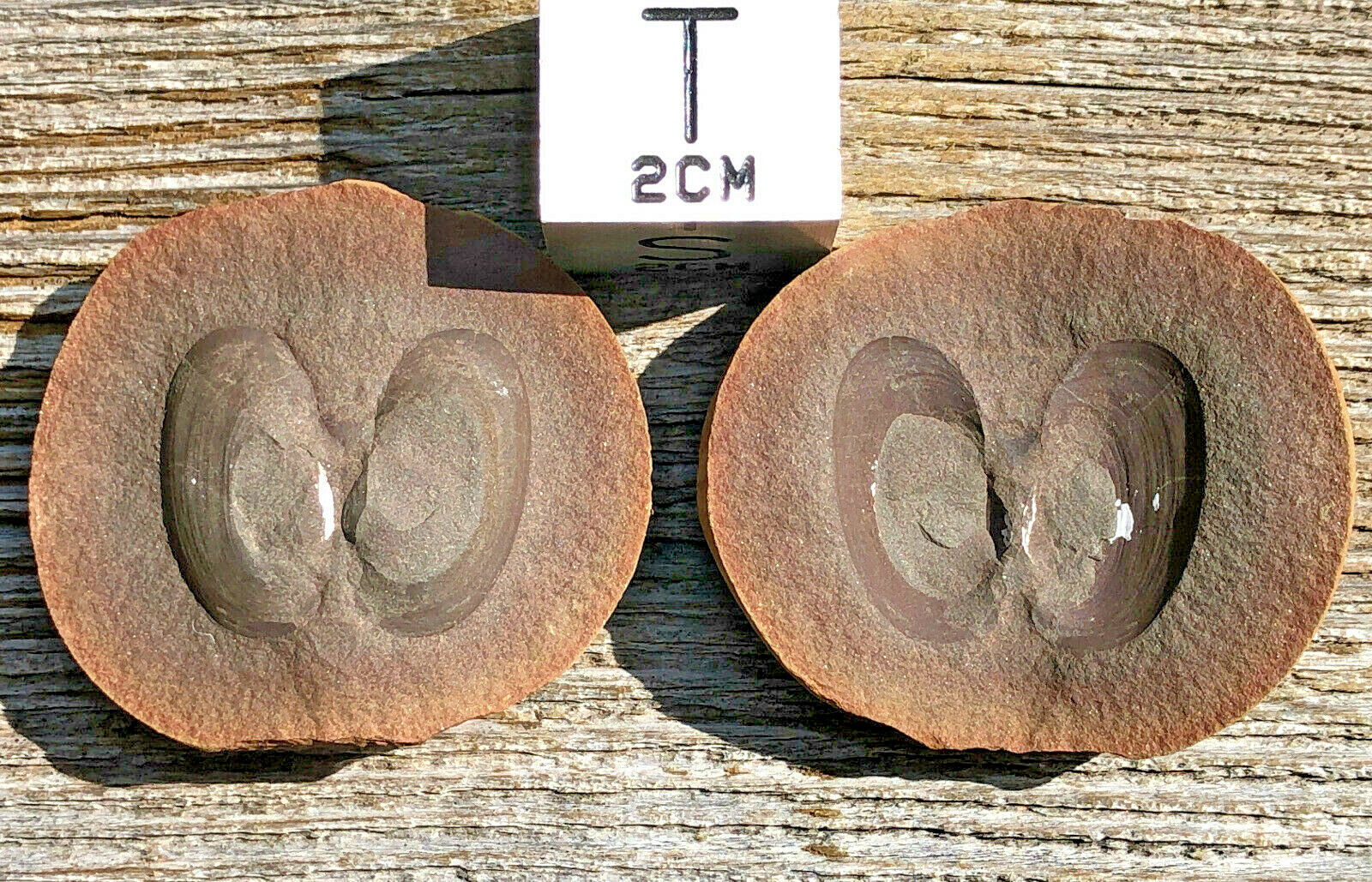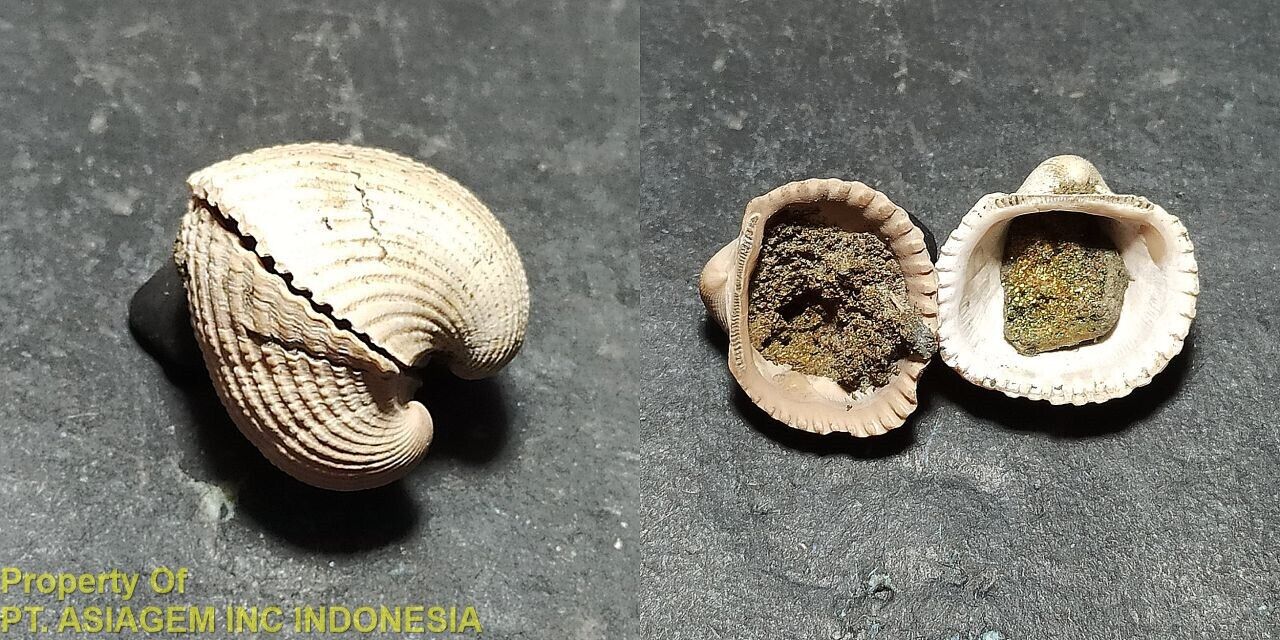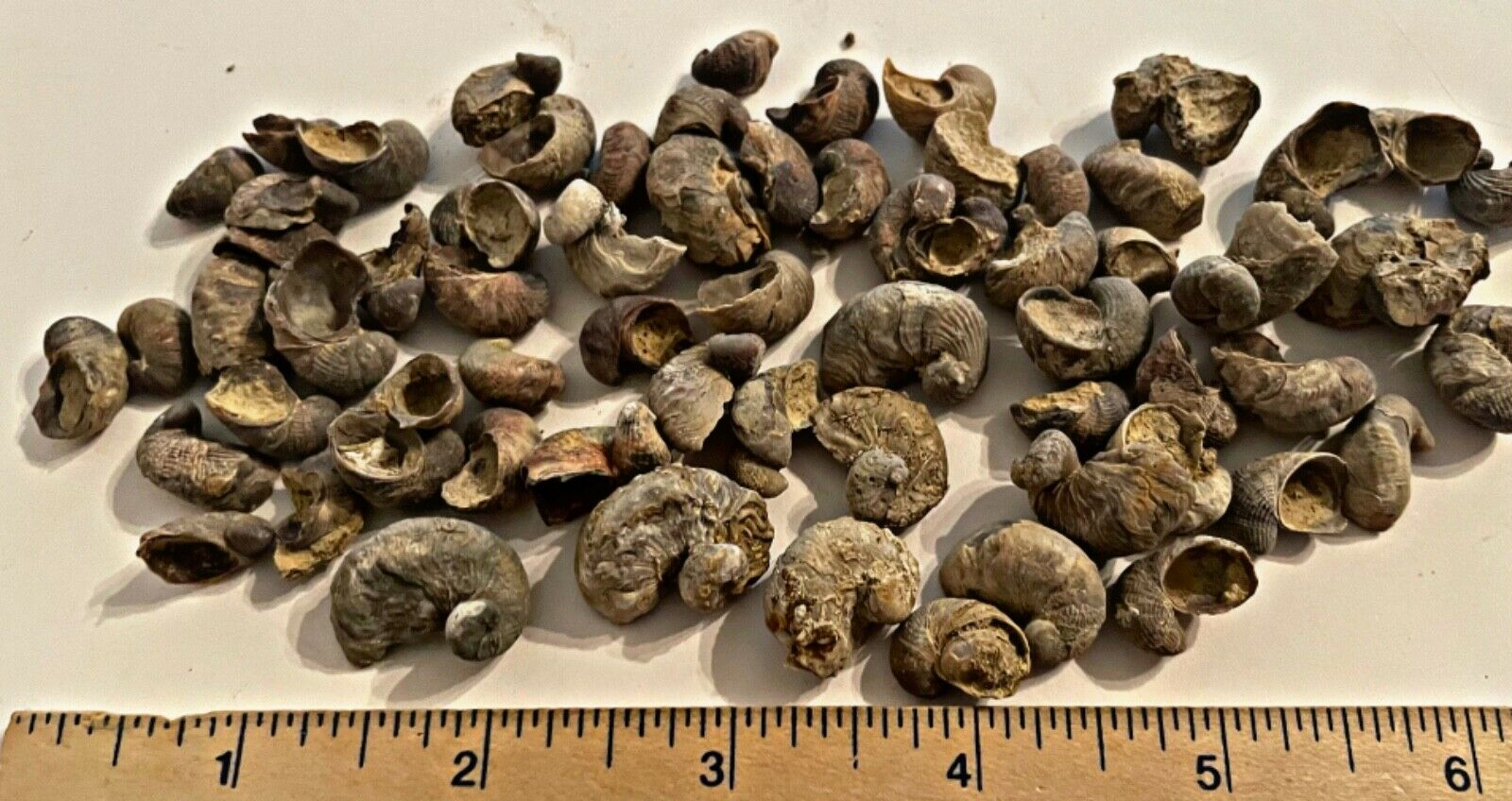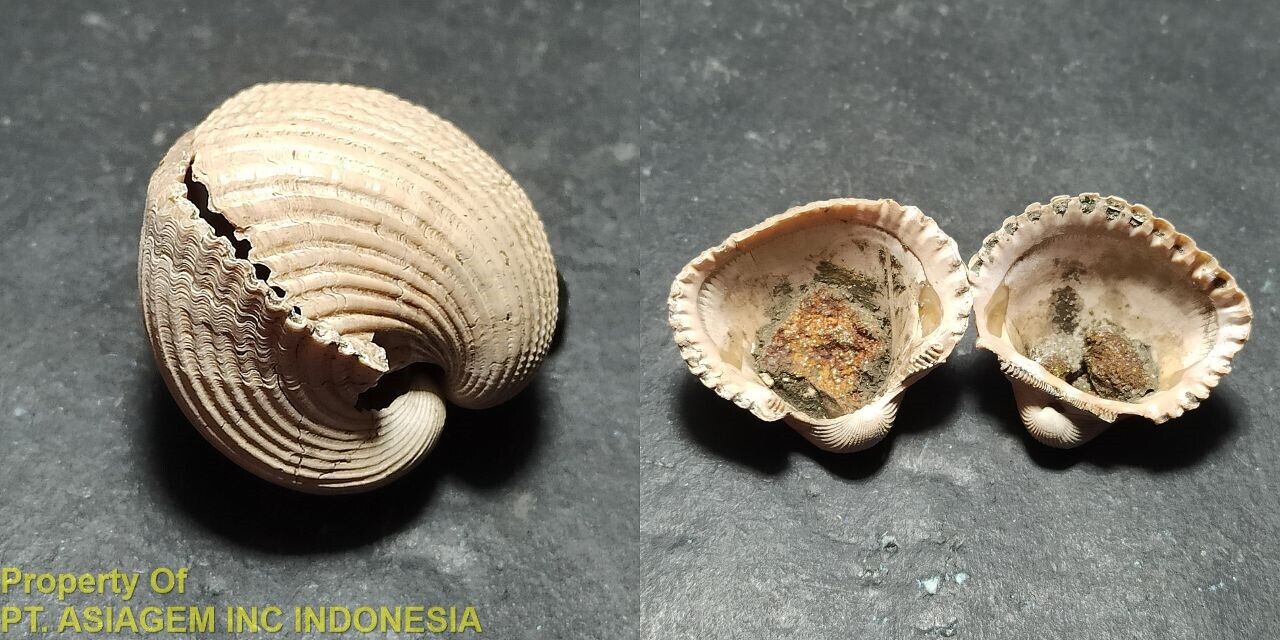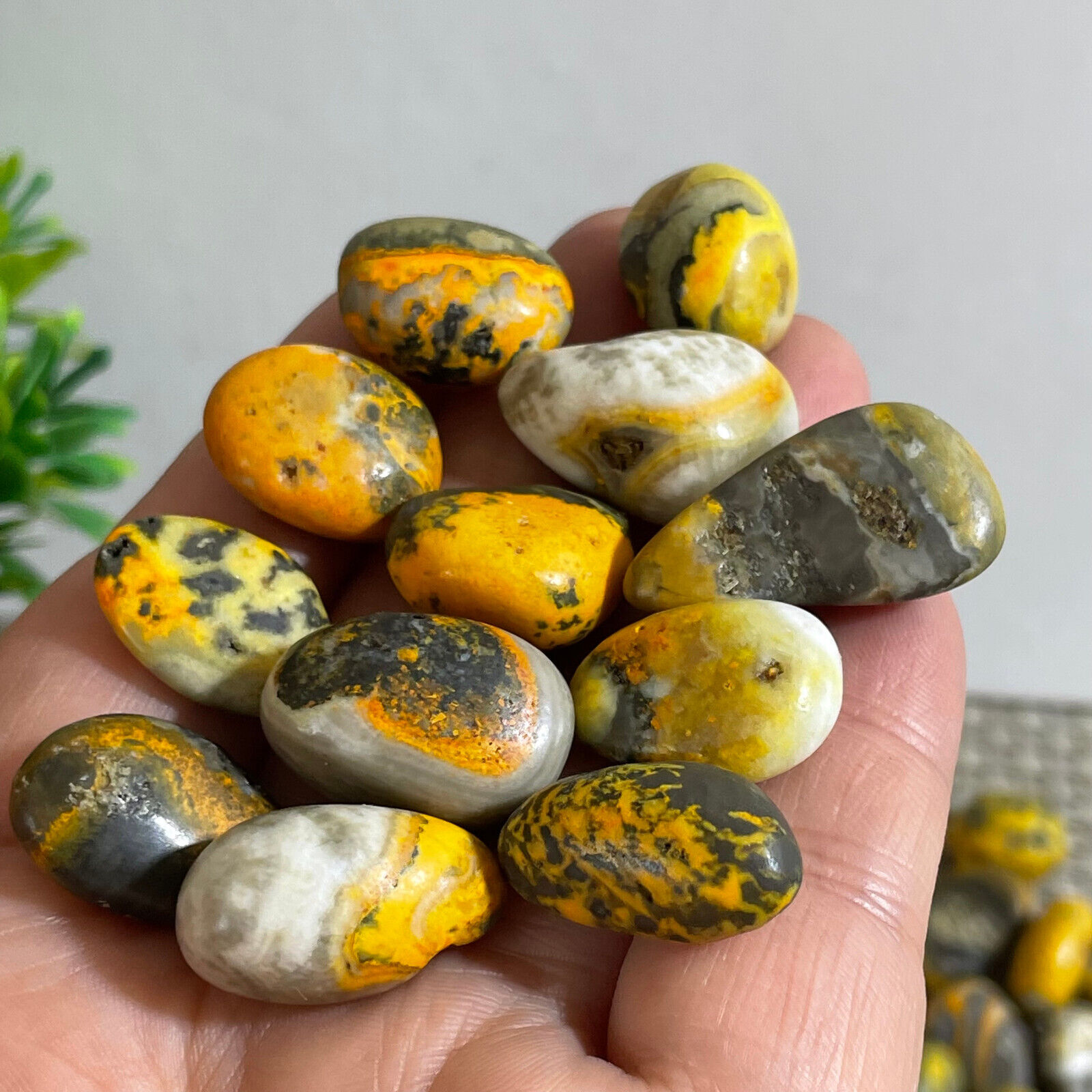-40%
Fossils Set Gryphea Concretion Lid Specimen Jurassic Devil's toenail Bivalve
$ 13.72
- Description
- Size Guide
Description
Set ofGryphea fossils - 1 shells of callovian bivalve mollusk - and 2 piece of
fossilized part of Kosmoceras ammonite.
Additionaly this set contain 1 part of Gryphea lid
.
It will make a lovely addition to your collection of fossils.
SIZES & WEIGHTS:
Gryphea - Approximately 42mm x 26mm x 20mm (1,65" x 1,02" x 0,79"), 13gr (0.46oz)
.
Gryphea lid -
Approximately
32mm x 30mm x 8mm (1,26" x 1,18" x 0,31"), 3gr (0.60oz)
.
Kosmoceras -
Approximately 40mm x 26mm x 16mm (1,57" x 1,02" x 0,63"),
Weight: 14gr (0.49oz).
Section of
Kosmoceras -
35mm x 34mm x 25mm (1,38" x 1,34" x 0,98"),
Weight: 31gr (1.09oz).
QUANTITY:
4pcs, as pictured.
!!!!! COMBINED SHIPPING !!!!!!
Contact me for combined shipping adjustment if you are buying more than 1 item.
ORIGIN:
Central Russia
Gryphaea, common name devil's toenails, is a genus of extinct oysters, marine bivalve mollusks in the family Gryphaeidae.
Kosmoceras is a moderately evolute ammonite genus from the upper Callovian (Middle Jurassic) of Europe with a simple apterure and irregular ribbing interrupted by an irregular row of lateral tubercles. Strong ventral tubercles are separated by a smooth depression running along the rim.
GEOLOGIC TIME SCALE
Period: Jurassic
Epoch: Middle
Age: Callovian
166.1 ± 4.0 Ma (million years ago) and 163.5 ± 4.0 Ma
SCIENTIFIC CLASSIFICATION
Kingdom: Animalia
Phylum: Mollusca
Class: Bivalvia
Order: Ostreoida
Family: Gryphaeidae
Tribe: †Gryphaeini
Genus: †Gryphaea
SCIENTIFIC CLASSIFICATION
Kingdom: Animalia
Class: Cephalopoda
Subclass: Ammonoidea
Order: Ammonitida
Superfamily: Stephanoceratoidea
Family: Kosmoceratidae
Genus: Kosmoceras
These fossils range from the Triassic period to the late Paleogene period, but are mostly restricted to the Triassic and Jurassic. Both periods belong to the era Mesozoic.
These oysters lived on the sea bed in shallow waters, possibly in large colonies. The complete fossils consist of two articulated valves: a larger gnarly-shaped shell (the "toenail") and a smaller, flattened shell, the "lid". The soft parts of the animal occupied the cavity between the two shells, just like modern oysters. The shells also feature prominent growth bands. The larger, curved shell sat within the mud on the sea floor. These shells are sometimes found in fossil plates along with Turritella, clams, and sometimes sharks' teeth and fossilized fish scales. Its distribution is common in areas of both Europe and North America.
Ammonoids are an extinct group of marine mollusc animals in the subclass Ammonoidea of the class Cephalopoda. These molluscs, commonly referred to as ammonites, are more closely related to living coleoids (i.e., octopuses, squid, and cuttlefish) than they are to shelled nautiloids such as the living Nautilus species.[citation needed] The earliest ammonites appear during the Devonian, and the last species died out in the Cretaceous–Paleogene extinction event.
Ammonites are excellent index fossils, and it is often possible to link the rock layer in which a particular species or genus is found to specific geologic time periods. Their fossil shells usually take the form of planispirals, although there were some helically spiraled and nonspiraled forms (known as heteromorphs).
The name "ammonite", from which the scientific term is derived, was inspired by the spiral shape of their fossilized shells, which somewhat resemble tightly coiled rams' horns. Pliny the Elder (d. 79 AD near Pompeii) called fossils of these animals ammonis cornua ("horns of Ammon") because the Egyptian god Ammon (Amun) was typically depicted wearing ram's horns.[1] Often the name of an ammonite genus ends in -ceras, which is Greek (κέρας) for "horn".
DELIVERY
takes FROM 10 days AND UP TO 1,5-2 months. To Australia it takes a month or more.
